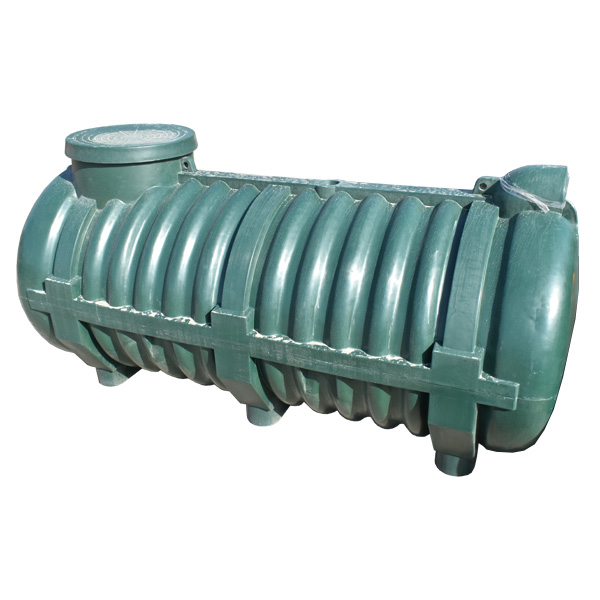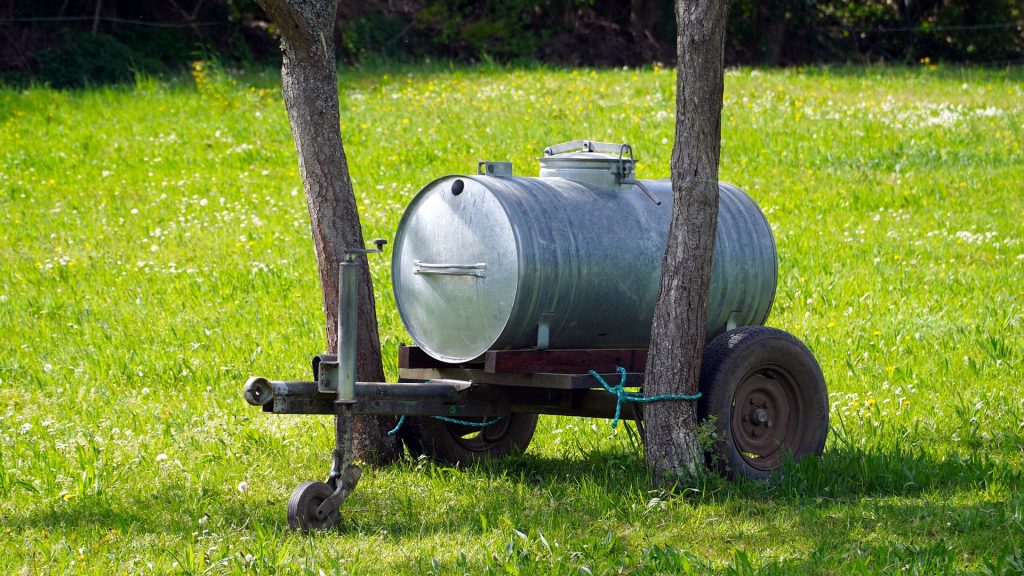Szambo to bez wątpienia rozwiązanie idealne dla gospodarstw domowych nieposiadających podłączenia do kanalizacji. Zazwyczaj występuje ono w formie plastikowego lub betonowego, szczelnego pojemnika zakopanego w ziemi. Coraz większym zainteresowaniem cieszy się także zakładanie przydomowej oczyszczalni ścieków, zwanej potocznie jako szambo ekologiczne. Już podczas projektowania i budowania domu należy zastanowić się jakie szambo wybrać, jakie będzie dla nas najlepsze. O tym na co zwrócić uwagę przy wyborze już pisaliśmy wcześniej. W tym artykule postaram się pokazać czym różnią się od siebie poszczególne rodzaje szamba.
Szambo plastikowe – zalety i wady
To rozwiązanie powszechnie znane i popularne. Na runku dostępne są zbiorniki o różnej pojemności, w wielu kształtach, a także akcesoria do nich. Takie rozwiązanie ma swoje plusy i minusy.
[su_list icon=”icon: check” icon_color=”#3bd12a”]
- Ten rodzaj szamba wykonany jest z trwałego, odpornego na korozje chemiczną tworzywa sztucznego. Dzięki czemu szambo plastikowe jest bezawaryjne.
- Najważniejszą cechą tego zbiornika jest szczelność. Uzbierane nieczystości nie mogą przedostawać się do gruntu.
- Jest stosunkowo lekkie, dzięki czemu jego transport i montaż jest dość łatwy. Ponadto w momencie, kiedy do działki zostanie podłączona kanalizacja możemy w prosty sposób zutylizować niepotrzebny już pojemnik lub wykorzystać go do zbierania deszczówki.
- Koszt zakładania szamba jest relatywnie niski, w porównaniu z pozostałymi systemami odprowadzania nieczystości.[/su_list][su_list icon=”icon: remove” icon_color=”#d12a2f”]
- Szambo plastikowe nie wymaga od użytkownika zakupu specjalnych środków chemicznych. Jest łatwe w obsłudze. Należy je jednak często opróżniać, co jest dość kosztowne. Ponadto ciężko przewidzieć moment zapełnienia się zbiornika z nieczystościami. [/su_list]

Plastikowy zbiornik na szambo – lekki i łatwy w montażu
Szambo betonowe – plusy i minusy
Szambo betonowe działa w ten sam sposób co plastikowe. Jest szczelnym zbiornikiem, wykonanym z betonu. Czy warto wybrać szambo betonowe? Poznajcie jego zalety i wady, aby podjąć decyzje!
[su_list icon=”icon: check” icon_color=”#3bd12a”]
- Szambo betonowe działa na podobnej zasadzi jak plastikowe. Są to duże, szczelne zbiorniki sprzedawane jako prefabrykaty gotowe do montażu. Szambo betonowe jest bardziej trwałe niż plastikowe. Ma to znaczenie jeśli nad szambem planujemy postawić garaż lub wiatę. Wersja betonowa jest zdecydowanie bardziej wtrzymała na duży nacisk.
- Jeśli jednak sami planujemy je transportować musimy wziąć pod uwagę dużą wagę i nieporęczność pojemnika. Przed wyborem szamba betonowego należy się upewnić czy istnieje możliwość dojazdu do naszej działki dźwigiem i koparką.
- Jedną z największych wad szambo betonowego jest trudność utylizacji pojemnika, w momencie kiedy do działki podłączona zostanie kanalizacja.
- W przypadku szamba betonowego istnieje ryzyko rozszczelnienia zbiornika i wycieku nieczystości do gleby, co może skutkować skażeniem wód gruntowych.[/su_list]
Przydomowa oczyszczalnia biologiczna
Szambo ekologiczne, zwane także jako przydomowa oczyszczalnia ścieków, to rozwiązanie idealne dla tych, którym ekologia nie jest obojętna. Czy jest lepsze od pozostałych? Przekonajcie się sami 🙂
[su_list icon=”icon: check” icon_color=”#3bd12a”]
- Przydomowa oczyszczalnia to rozwiązanie zdecydowanie tańsze w eksploatacji niż zbiornik plastikowy czy betonowy, ponieważ opróżnia się ją jedynie raz do roku
- Tego typu oczyszczalnia sprawdzi się dla osób ceniących sobie ekologię, ponieważ daje możliwość wykorzystania oczyszczonej wody do podlewania roślin.[/su_list][su_list icon=”icon: remove” icon_color=”#d12a2f”]
- Jedna z wad oczyszczalni przydomowej jest lokalizacja. Nie możemy bowiem zamontować go w odległości mniejszej niż 15 m od studni. A w przypadku powierzchniowego złoża filtracyjnego, nawet 70 metrów.
- Oczyszczalnie biologiczną zamontować można tylko w gruncie piaszczystym lub gliniasto-piaszczystym, gdzie poziom wód gruntowych nie przekracza 1,5 m.
- Wyższe koszty zakupu i montażu z czasem niwelowane są przez zdecydowanie niższe koszty eksploatacji przydomowej oczyszczalni ścieków.[/su_list]

Warto wybierać rozwiązania ekologiczne!
Instrukcja montażu szamba plastikowego lub betonowego
- W pierwszej kolejności należy wykopać odpowiedniej głębokości dół w ziemi. Wybierając lokalizację szamba, musimy wziąć pod uwagę, aby było to miejsce łatwo dostępna dla wozu asenizacyjnego. Należy też zwrócić uwagę na odległość od płotu, okien oraz studni, którą regulują odpowiednie przepisy.
- Dół należy wypełnić żwirem lub warstwą betonu, w zależności od wybranego rodzaju szamba. Pozwala to stabilnie osadzić i wypoziomować szambo.
- Następnie należy osadzić zbiornik w dole i wykonać szczelne połącznie przewodów kanalizacyjnych.
- Pojemnik plastikowy przed zasypaniem należy wypełnić wodą do połowy. W przypadku zbiornika betonowego czynność możemy pominąć.
- Ostatnim krokiem jest zasypanie zbiornika ziemią. Jeśli nad szambem planujemy postawić parking lub wiatę, warto ułożyć betonowe płyty wzmacniające.
Powyższa instrukcja jest instrukcją ogólną. W celu uzyskania szczegółowych informacji dopasowanych do zakupionego modelu szamba i typu gleby, w której zbiornik jest montowany, zalecamy zapoznać się z instrukcją montażu producenta zbiornika.
Mam nadzieje, że pomogłam podjąć decyzje, jakie szambo wybrać na działkę 🙂 Jeśli już macie szambo i jesteście z niego zadowoleni lub nie, podzielcie się swoja opinią! Czekam na Wasze komentarze, które z pewnością pomogą innym!
